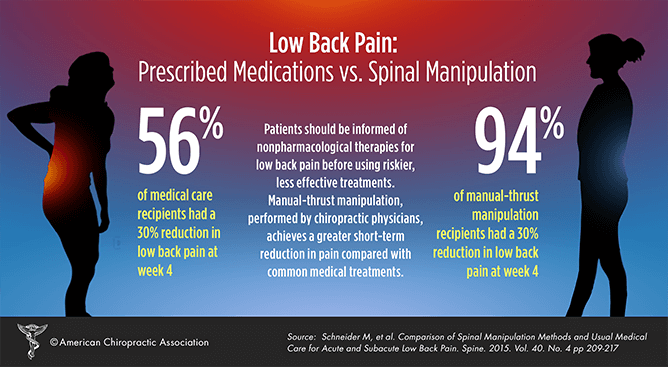Prepare Yourself To Discover The Fascinating Cellular Communications Of Cold Laser Therapy And Its Usage Of Light For The Function Of Recovery. Delve Even More Into The Realm Of Science!
Prepare Yourself To Discover The Fascinating Cellular Communications Of Cold Laser Therapy And Its Usage Of Light For The Function Of Recovery. Delve Even More Into The Realm Of Science!
Blog Article
Material Composed By-Krog Hanna
You may have become aware of cold laser therapy as a promising treatment option for numerous conditions, however have you ever wondered how it actually works with a mobile degree? Understanding the systems behind this treatment can shed light on its efficiency in promoting healing and minimizing swelling. By exploring the science behind cold laser therapy, you'll get insights right into the remarkable ways in which light can affect cellular processes and promote cells repair service.
Exactly How Cold Laser Treatment Functions
To understand how cold laser therapy works, you require to grasp the essential principles of how light power connects with organic tissues. Cold laser treatment, additionally referred to as low-level laser therapy (LLLT), utilizes specific wavelengths of light to pass through the skin and target hidden cells. Unlike the intense lasers made use of in surgeries, cold lasers release low levels of light that do not create heat or create damages to the cells.
When these gentle light waves get to the cells, they're soaked up by parts called chromophores, such as cytochrome c oxidase in mitochondria. This absorption triggers a series of organic reactions, consisting of raised mobile power manufacturing and the launch of nitric oxide, which improves blood flow and minimizes swelling.
Furthermore, the light power can likewise stimulate the manufacturing of adenosine triphosphate (ATP), the power money of cells, aiding in cellular repair service and regeneration procedures.
Fundamentally, relevant web site of light power to advertise recovery and ease discomfort in a non-invasive and mild fashion.
Devices of Activity
Just how does cold laser therapy really work to produce its healing impacts on biological cells?
Cold laser therapy, additionally known as low-level laser therapy (LLLT), runs with a procedure known as photobiomodulation. When the cold laser is related to the skin, the light energy passes through the tissues and is absorbed by chromophores within the cells.
These chromophores, such as cytochrome c oxidase in the mitochondria, are after that boosted by the light energy, causing a cascade of biological responses. One essential mechanism of action is the improvement of cellular metabolic process.
cold laser therapy for smoking cessation taken in light power raises ATP manufacturing in the mitochondria, which is vital for mobile function and repair work. Additionally, cold laser treatment aids to lower swelling by inhibiting inflammatory conciliators and promoting the launch of anti-inflammatory cytokines.
This anti-inflammatory impact contributes to discomfort alleviation and cells healing.
Therapeutic Results
Understanding the restorative impacts of cold laser therapy involves identifying exactly how the boosted cellular metabolic process and anti-inflammatory residential or commercial properties add to its positive outcomes on biological tissues.
When the cold laser is put on the affected location, it promotes the mitochondria within the cells, leading to raised manufacturing of adenosine triphosphate (ATP), which is important for mobile feature and repair work. This increase in cellular energy increases the recovery process by promoting cells regrowth and lowering swelling.
Additionally, the anti-inflammatory properties of cold laser therapy assistance to decrease discomfort and swelling in the targeted location. By inhibiting inflammatory conciliators and advertising the release of anti-inflammatory cytokines, cold laser therapy help in reducing pain and improving the total recovery action.
This reduction in inflammation not only provides immediate alleviation but additionally supports long-lasting tissue repair work.
Conclusion
Finally, cold laser therapy functions by stimulating cellular repair work and cells regeneration through photobiomodulation. Its anti-inflammatory buildings offer pain relief and minimize swelling by preventing inflammatory conciliators.
This therapy provides a comprehensive technique to recovery, providing both instant relief and long-lasting cells repair advantages.
Via its mechanisms of action, cold laser treatment confirms to be an effective and encouraging treatment choice for a variety of conditions.
